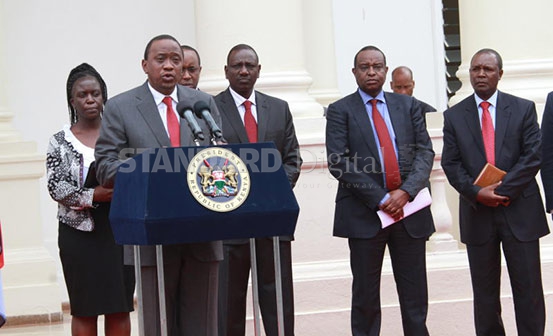
The furious debate on the Eurobond has been characterised by two extreme positions. On one side we have those whose strong views range from the argument that the bond proceeds have been “stolen”, to asserting that, even if the proceeds were received, since the National Treasury is apparently unable to give a proper account, there must have been some form of fraud perpetrated.
On the other side is the National Treasury’s narrative, which posits that there was no money stolen, that all was done procedurally and legally, and that those stating anything to the contrary are either misinformed or malicious.